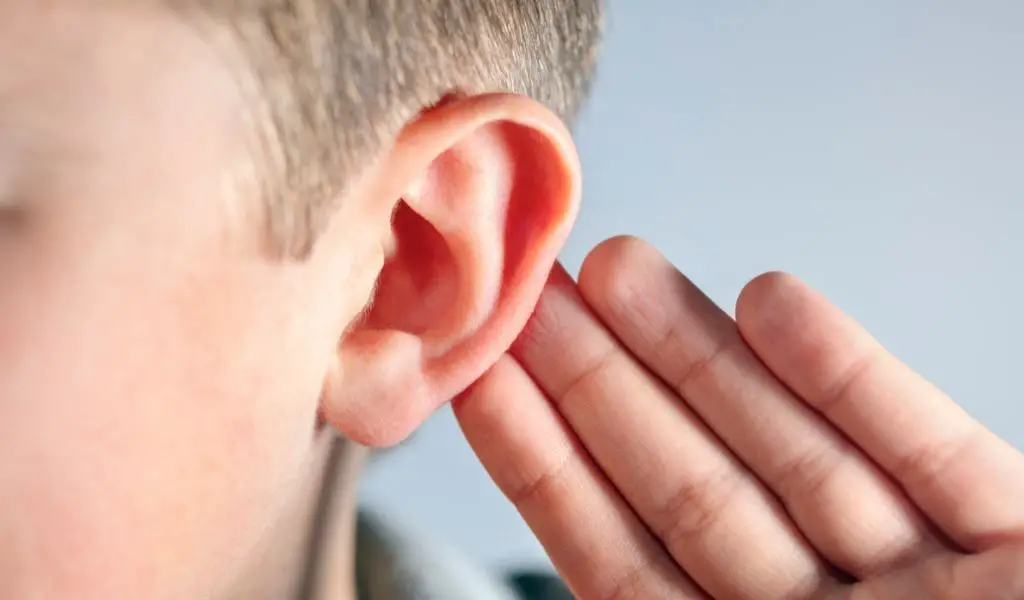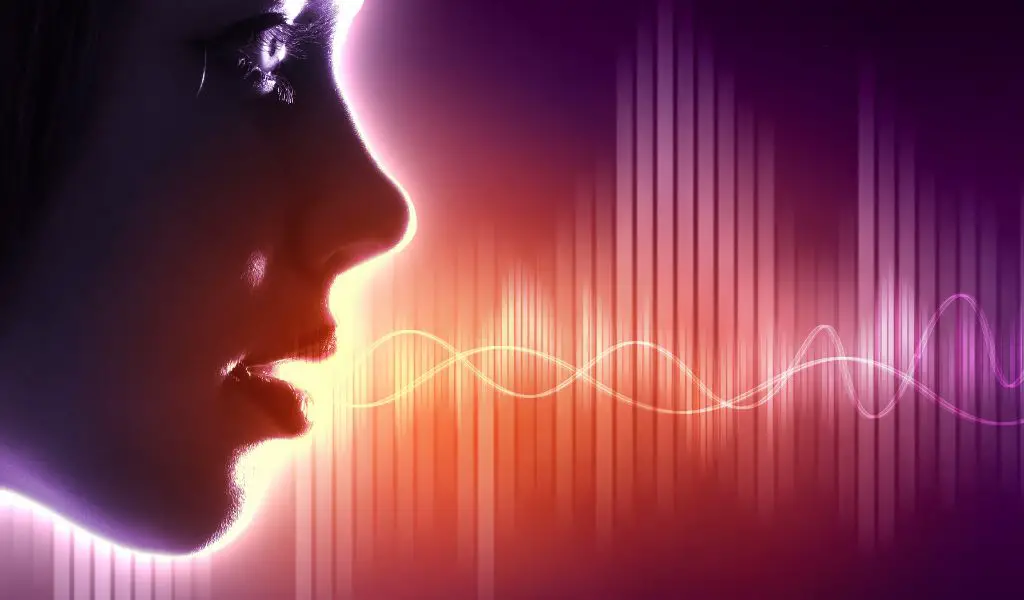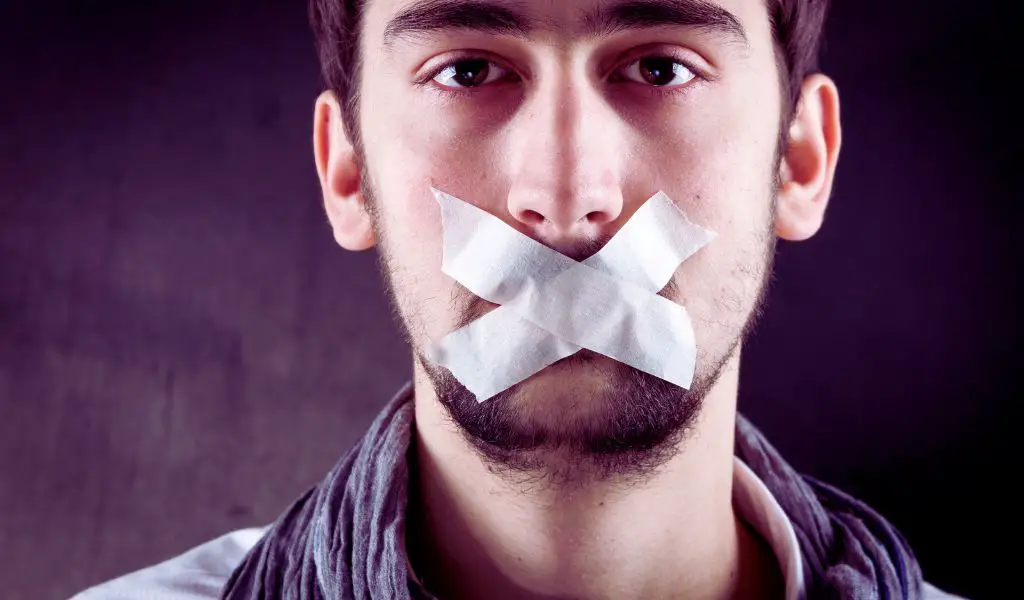Our ears are capable of detecting an astonishing range of sounds.
From the subtle whispers of leaves rustling in the wind to the roaring engines of a jet taking off, our auditory system is truly remarkable.
In this article, we will delve into the limits of human hearing and explore the quietest sound a person can hear.
Along the way, we’ll discuss the factors that influence our hearing and provide insights on how to protect and enhance our auditory experiences.
The Decibel Scale: Measuring Sound Levels
To quantify the intensity of sound, we use the decibel (dB) scale.
This logarithmic scale measures the pressure of sound waves in the air, with 0 dB representing the threshold of human hearing.
To provide some context, here are some common sound levels and their corresponding dB values:
Rustling leaves: 20 dB
Normal conversation: 60 dB
Busy traffic: 80 dB
Concerts and sporting events: 100 dB
Jet engine at takeoff: 120 dB

The Softest Sound: Defining the Hearing Threshold
The quietest sound a human can hear, also known as the hearing threshold, is typically measured at 0 dB.
However, this value can vary depending on factors such as age, individual differences, and environmental noise.
Additionally, the hearing threshold can differ across various frequencies, with our ears being most sensitive to sounds in the range of 1,000 Hz to 4,000 Hz.
Factors Affecting Our Ability to Hear Quiet Sounds
Age and Hearing Loss
As we age, our ears naturally lose some of their sensitivity to sound, a condition known as presbycusis.
This decline in hearing can begin as early as our 30s and gradually worsen over time.
High-frequency sounds are usually the first to be affected, making it difficult for older individuals to hear whispers and other soft sounds.
Environmental Noise
The level of background noise in our environment can significantly impact our ability to detect quiet sounds.
In a noisy setting, the quietest sound we can hear may be significantly higher than 0 dB.
This is known as the noise floor, which is the level of ambient sound that masks softer sounds.
Individual Variability
Each person’s auditory system is unique, and as a result, the quietest sound one person can hear may be different from what another person can detect.
Genetics, personal habits, and exposure to loud sounds can all contribute to individual differences in hearing sensitivity.
Hearing Protection is Important
Protecting and Enhancing Your Hearing
To maintain optimal hearing and detect the softest sounds, it’s important to take care of your ears.
Here are some tips for protecting and enhancing your hearing:
Limit exposure to loud sounds by wearing earplugs or noise-cancelling headphones when in noisy environments.
Keep the volume of music and other media at a moderate level, especially when using headphones.
Get regular hearing check-ups to monitor your hearing and identify any potential issues early on.
Incorporate ear-friendly habits into your daily routine, such as taking breaks from loud environments and maintaining a healthy lifestyle.
Conclusion: The Wonders of Human Hearing
The human ear is a marvel of engineering, capable of detecting sounds as quiet as 0 dB.
While the quietest sound a person can hear may vary depending on factors such as age, individual differences, and environmental noise, understanding the limits of our auditory system allows us to appreciate the incredible range of sounds that surround us every day.
By taking care of our ears and protecting them from damage, we can continue to enjoy the subtle nuances of sound that enrich our lives.




